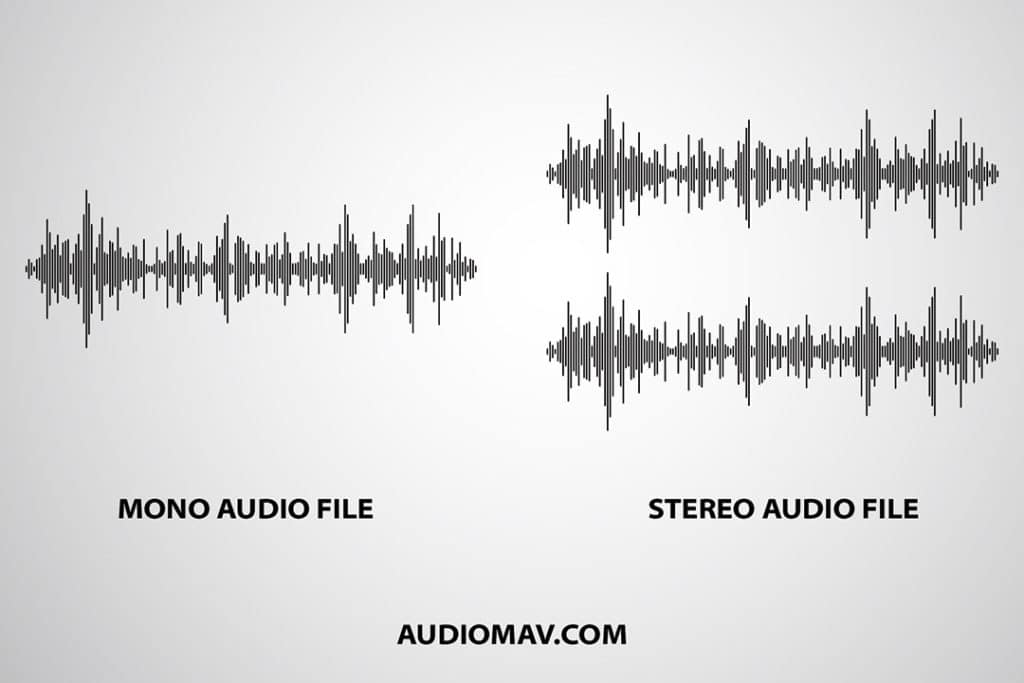

Shoulders and other parts of the body reflect sounds in a specific manner and thus provide our brain with an additional indication of sound direction. Our pinnae (outer ears) further modify the spectral differences depending on the sound direction. Additionally, the head creates acoustic masking, which results in high frequency sounds being more pronounced in one of the two ears.


Since the ears are mounted and physically separated on the head, there is a sound delay of about 600 microseconds between the ears depending on the direction of arrival of the sound. Humans are bestowed with two sound pressure sensors known as ears.


 0 kommentar(er)
0 kommentar(er)
